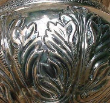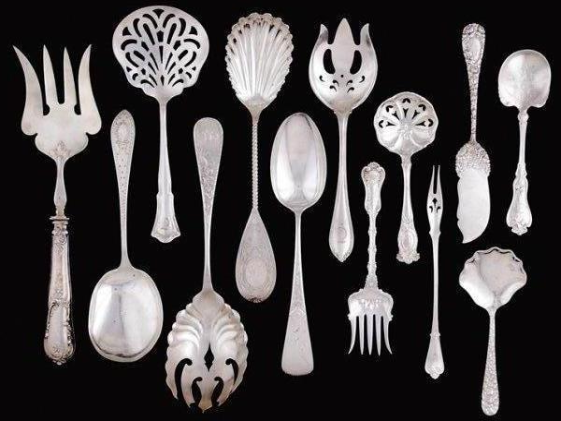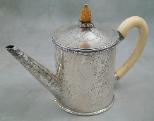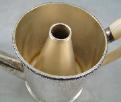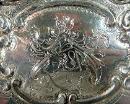Absinthe Spoon
Barware. A specialized spoon used as part of the absinthe (an anise flavored liqueur) drinking ritual. The spoon has holes or slots in a flat bowl and usually has a notch in the handle where it rests on the rim of a glass. A sugar cube is then placed atop the spoon and ice water is then slowly dripped onto the sugar cube, which then dissolves and falls through the slots into the liqueur. Popular from the 1870s until 1915 when absinthe was banned throughout most of Europe; it has been making a resurgence since the early 1990s.



